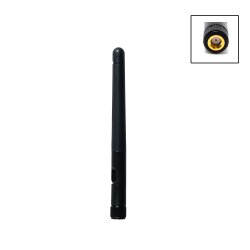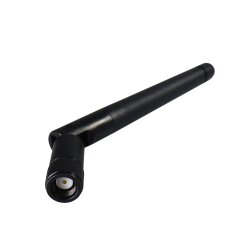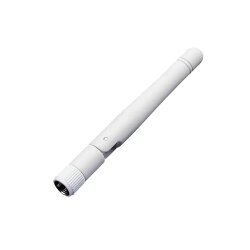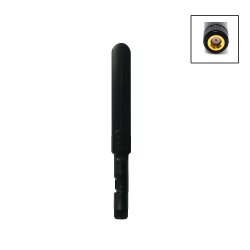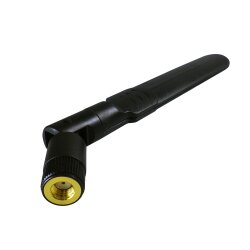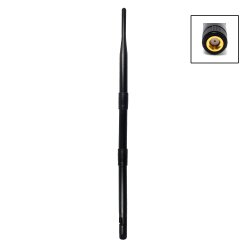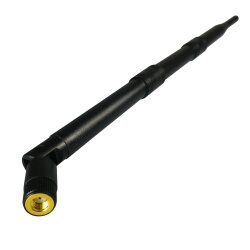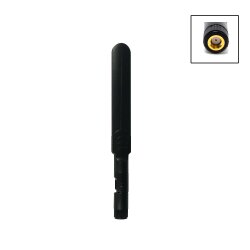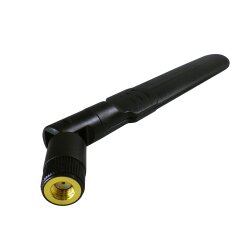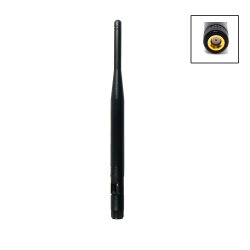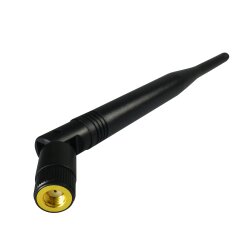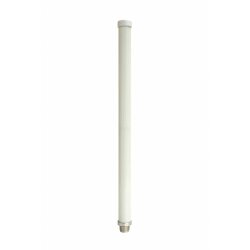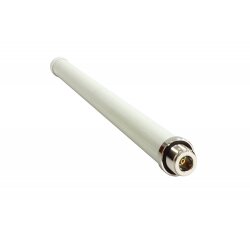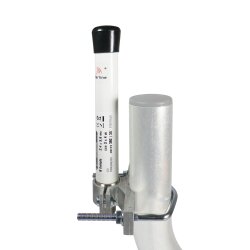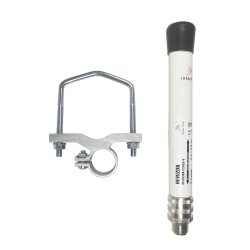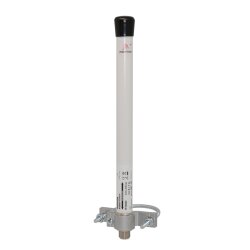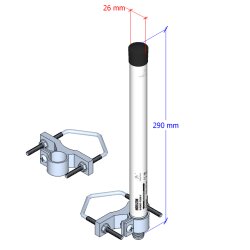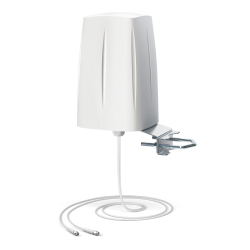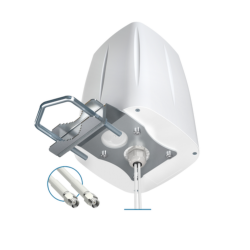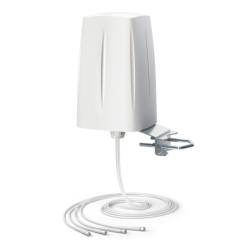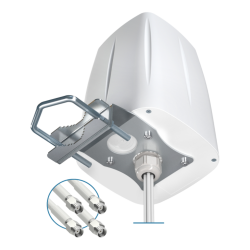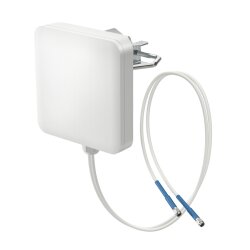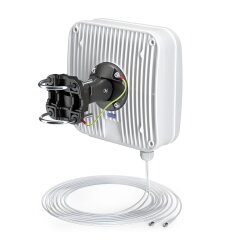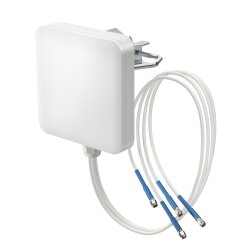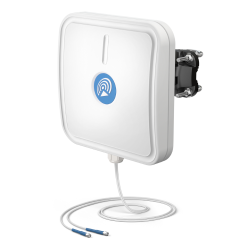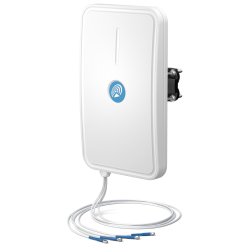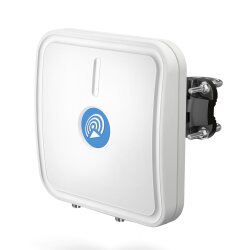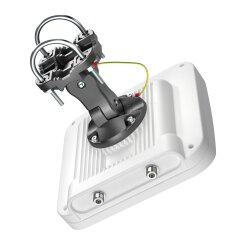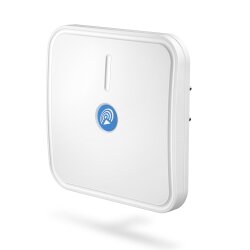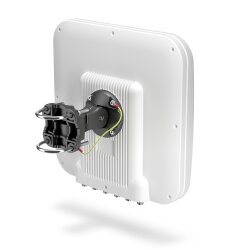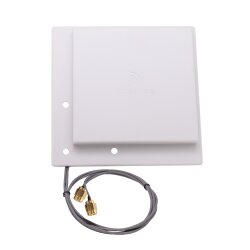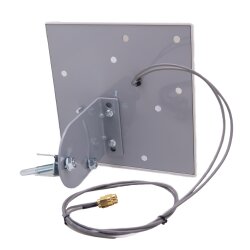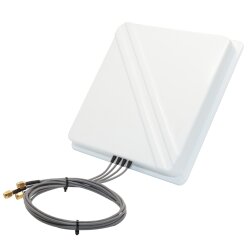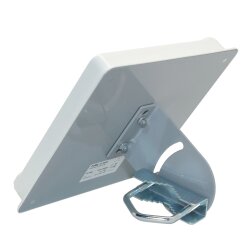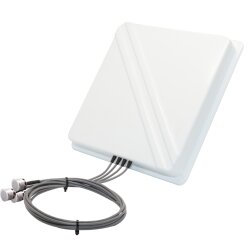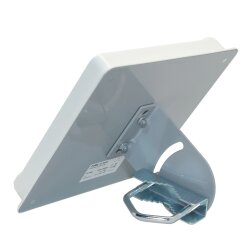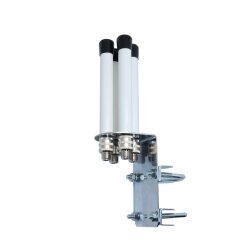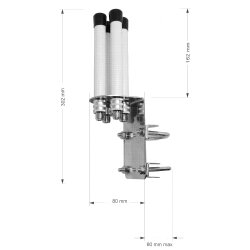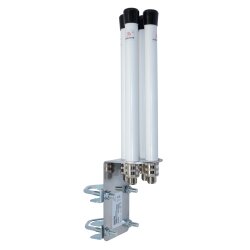Dualband / WiFi 6E / WiFi 7 Antennas
WiFi Directional Antennas and Omnidirectional Antennas Compatible with the 802.11ac/ax, WiFi 6, WiFi 6E, and WiFi 7 Standards: With the ac/ax standard, extremely high bandwidths can be achieved. We offer different types of antennas with varying ranges for various use cases. We are happy to assist you in selecting the right WiFi antenna. Whether it's for small or large WLAN projects, we are your go-to contact. Feel free to reach out to us via phone, chat, or email.
802.11ac (WiFi 5): The 802.11ac standard, also known as WiFi 5, primarily operates in the 5GHz band and offers higher bandwidths compared to its predecessors (802.11a/b/g/n). 802.11ac supports MIMO, which improves data transmission by using multiple antennas. This contributes to better performance in environments with many wireless devices.
802.11ax (WiFi 6): The 802.11ax standard, also known as WiFi 6, also primarily operates in the 5GHz band and offers higher theoretical data transfer rates compared to WiFi 5 (802.11ac). This allows for even faster wireless connections and improved performance, especially in environments with many devices connected simultaneously.
WiFi 6E (E=Extended): Wi-Fi 6E extends the available frequency range of the 802.11ax standard to the 6GHz band (5925 - 7125 MHz), providing more available channels and enabling even higher bandwidth.
WiFi, also known as Wi-Fi, is ubiquitous nowadays – from computers and smartwatches to smartphones and tablets. However, not all wireless networks are the same. The various Wi-Fi standards, ranging from Wi-Fi n and ac to the latest developments such as Wi-Fi 6 (802.11ax) and Wi-Fi 6E, can be confusing. Here, we provide a comprehensive guide to understand everything about Wi-Fi, especially the 802.11ac WiFi antennas.
The development of WiFi began in the late '90s with the emergence of devices like the Apple AirPort in 1999. The term WiFi was later generalized for all 802.11 standards and certified by the WECA (now Wi-Fi Alliance). These standards, including 802.11a/b/g/n/ac/ad/ax, represent different generations and continuous improvements. Note that the throughput measured in practice is often significantly below the theoretical maximum, due to the operation of the 802.11 protocol and the influences of distance and obstacles.
An overview of WiFi standards:
-
802.11a/b/g/n: Early generations, each with specific frequency bands and transmission technologies.
-
802.11ac: Integrates the efficiency of Wi-Fi A and B, with higher speeds and improved range. MIMO technology allows for multiple simultaneous data streams.
-
802.11ax (Wi-Fi 6): The latest development, with enhanced efficiency and performance features, especially in environments with many connected devices.
-
802.11ad (WiGig): Complements Wi-Fi AC and operates in the 60 GHz band, offering very high data rates but limited to short ranges and direct line-of-sight.
Regarding Wi-Fi 6 (802.11ax) and the extension Wi-Fi 6E, these standards provide increased capacity and efficiency, especially in environments with many devices. Wi-Fi 6E extends the frequency bands to the 6 GHz range, allowing additional channels to minimize interference.
The benefits of Wi-Fi AC (802.11ac) include:
-
Utilization of the 5 GHz band for higher speeds and reduced interference.
-
Standardized beamforming for targeted signal steering.
-
Increased modulation (from 64QAM to 256QAM) for more bandwidth.
-
New channel widths of 80 MHz and 160 MHz, doubling and quadrupling the bandwidth compared to Wi-Fi N.
-
Support for up to 8 streams in MIMO, further enhancing over Wi-Fi N.
The introduction of Wi-Fi 6 (802.11ax) brings additional improvements in efficiency, speed, and capacity. Multi-User MIMO (MU-MIMO) allows access points to effectively communicate with multiple devices simultaneously.
WiGig (802.11ad) specializes in extremely high speed over short distances and is mainly used for wireless docking stations in enterprises.
Interoperability issues may arise, especially with different frequency bands. However, most routers are dual-band, allowing the use of various Wi-Fi standards. Backward compatibility exists as long as devices operate on the same frequency band.
In practice, throughput is halved compared to theoretical speed, and the 2.4 GHz band may be congested in urban areas. For more demanding applications such as HD video streaming, 5 GHz WiFi is often recommended. When choosing WiFi for smartphones, tablets, and laptops, considering the supported antennas and streams is important to achieve maximum speed.
